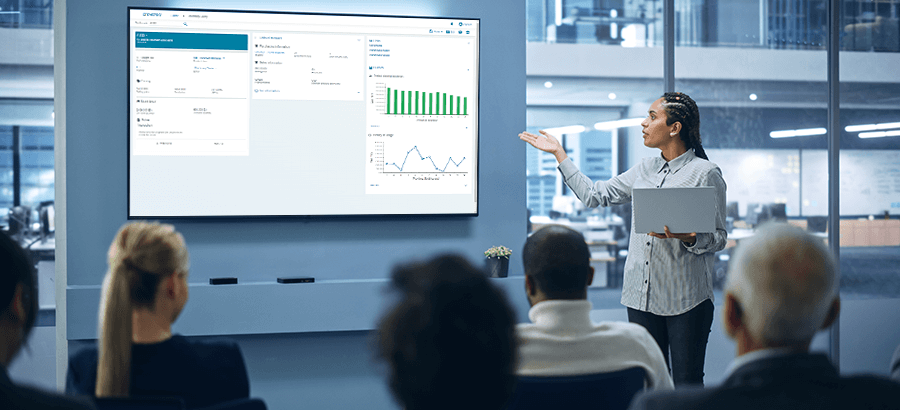A couple of decades ago, the expression ‘customer experience journey’ was virtually non-existent. Although businesses had placed the customer at the center of their operations, many customer touchpoints remained an open secret. In fact, it was not until the 1990s, or the internet-driven ‘decade of discovery’, that businesses had a more honest view of what their customers were thinking and feeling along the end-to-end customer journey.
Today, statistics show that investing in customer experience (CX) has a huge return on investment benefits. The Temkin Group found that companies that earn $1 billion annually can expect to earn, on average, an additional $700 million within three years of investing in customer experience.
There is therefore a digital opportunity in investing in the right ERP technology to elevate your operational efficiency to enhance customer loyalty.
AI-enabled ERP Ensures Always-on Communication
A study by Deloitte showed that 92 percent of organizations that view customer experience as a differentiator offer multiple contact channels. AI has given rise to new ways of retrieving information through intelligent and human-like voice and text enabled chatbots. Chatbots, which answer and even predict customer queries, automate customer service to free up resources in the business. For example, sales managers can make enquiries such as stock availability around the clock and from across the world, even while colleagues are sleeping. As a result, customers can expect always-on service delivery.
Last year, ‘Ken the bot’ was introduced as part of SYSPRO’s new ERP software solution, aimed at helping manufacturers and distributors to automate and streamline processes and information through natural conversations with the Bot. It lets organizations expose certain business functions to their Operators, Customers, and Suppliers, over everyday channels, letting them conveniently surface information and perform actions from anywhere, at any time.
Human interaction takes center stage
Although chatbots allow for a level of flexibility and unfailing customer access, they won’t replace the human element. Human interaction should still be at the core of your customer relations strategy. AI and machine learning enable quicker analysis and decision making, by learning from the past through the application of algorithms and statistics to historical data. These patterns reveal trends and predict future outcomes, resulting in actionable insights for real people to proactively manage customer relationships.
Customers demand quicker response time
Whether you operate a small-scale factory or a large-scale multinational network, a vital part of improved customer experience is the ability to have visibility across your entire supply chain in order to offer customers quicker response time and access to products where and when required.
ERP allows you to connect and monitor every facet of your business – it can assist with the reduction of planning cycles, timely delivery of products, with minimal on-hand stock, the enhancement of production scheduling and the automated generation and management of purchase orders. This means that companies that can deliver a better product to market faster, gain the competitive advantage, and businesses that can anticipate demand as well as build and participate in strong supply chains have a substantial edge over those that do not.
Customers are calling for real change
According to Nielsen’s recent global sustainability report, 81 percent of respondents feel strongly that companies should help improve the environment by implementing programs to this effect. Customers are therefore demanding that manufacturers enter the circular economy. This refers to the reuse of resources and the decrease of waste. Each product at end-of-life becomes a new resource rather than merely being discarded. It recognizes the value of waste items, repurposing them as alternative resources that can be used again and again in a circular goods cycle.
The practice of sustainability therefore also impacts the customer experience journey because customers demand that businesses operate according to a bigger purpose. A sophisticated technology system such as ERP should be used to store and converge all types of operational data to optimize the green outcome.
Ultimately your customer experience strategy needs to integrate ERP in order to allow manufacturers to offer customers a seamless experience and not just an end product.
Customers expect always-on communication, product visibility, and a business to be underpinned by purpose. Customer expectations and business strategies have certainly changed over the past ten years, but the good news is that the right technology is available to address their unique needs and deliver on the end-goal.







